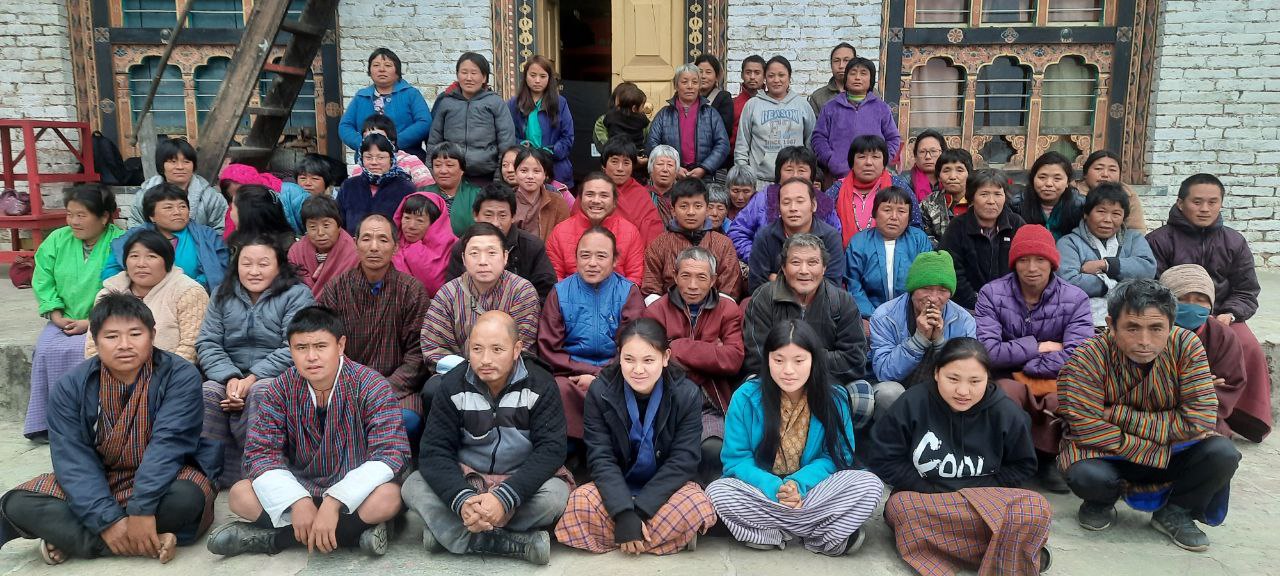Cooperation with tuna stock assessment models
Development of biodegradable and non-meshing Fish aggregating devices (FADs)
Strengthen on-board monitoring in 100% of the fleet and Data Collection throughout the fleet
Participatory Management, Training and Awareness
Multisectoral Collaboration
Implementation of Codes of Good Practice
Cooperation for the conservation of marine protected areas.
